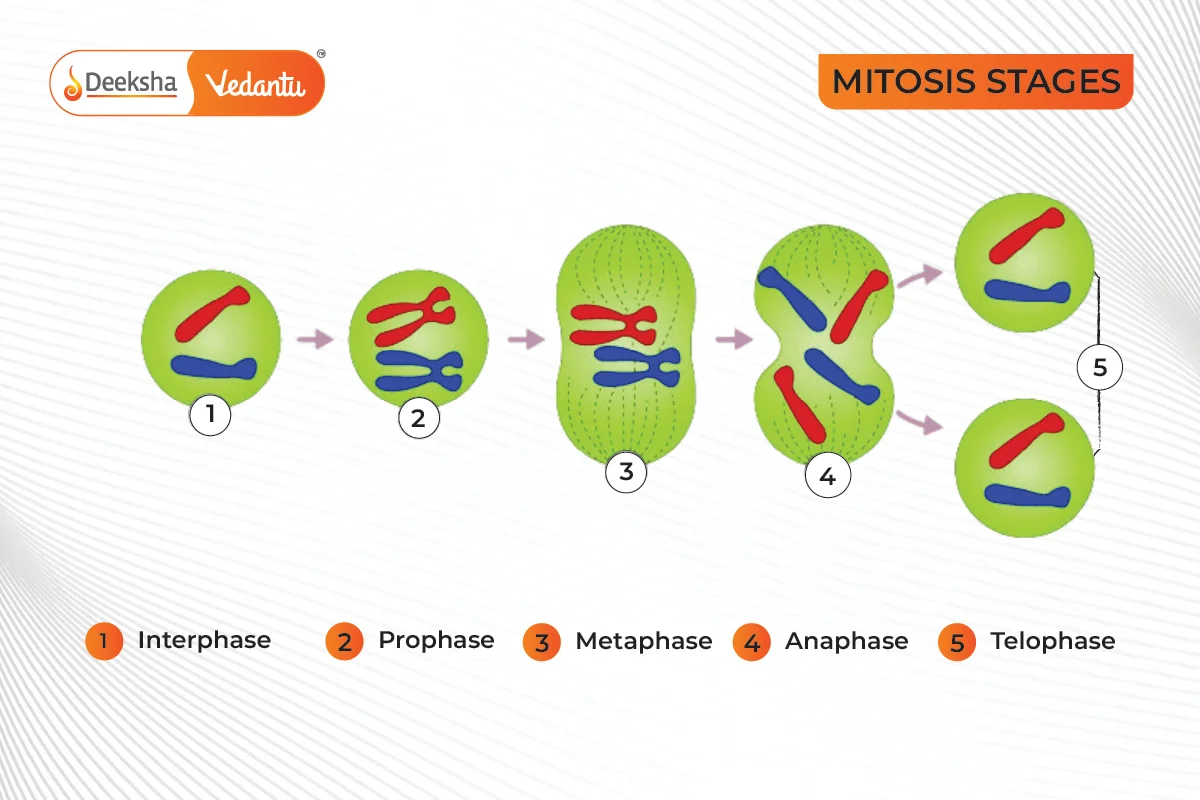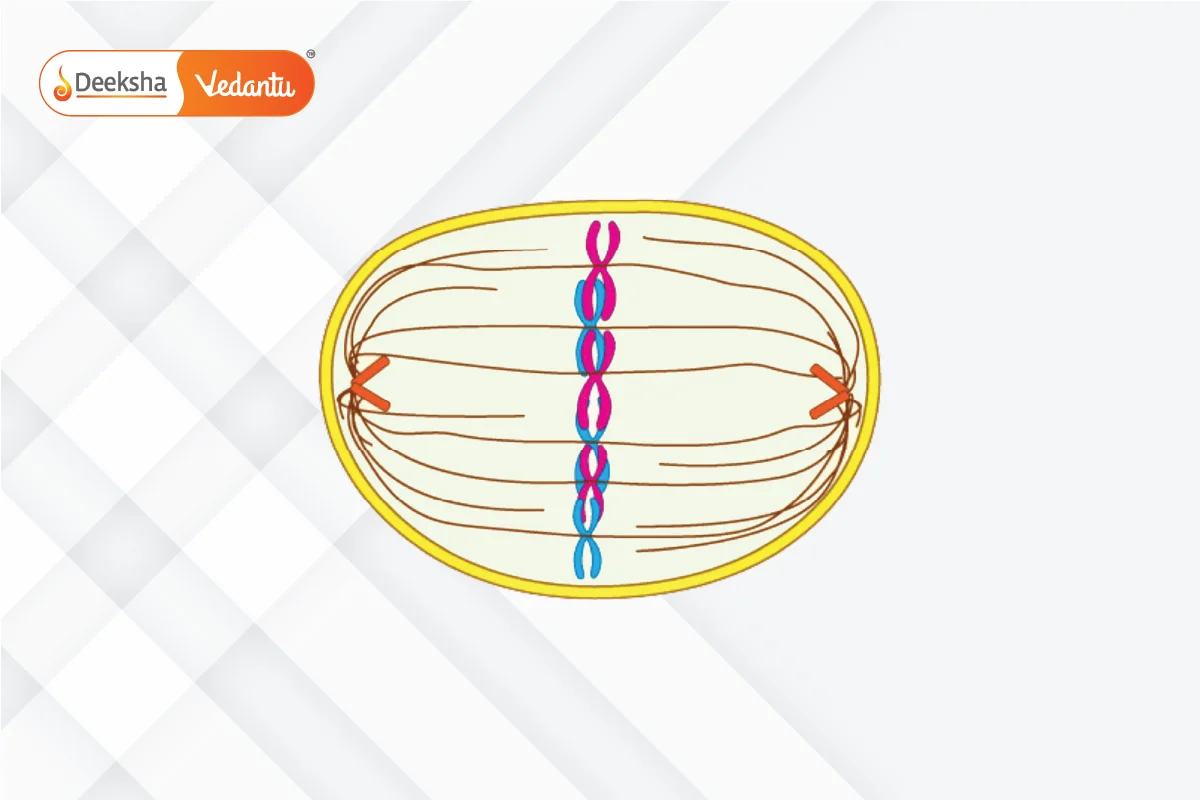Introduction to Mitosis
Mitosis is a critical process through which eukaryotic cells divide to form new cells, called daughter cells, that are genetically identical to the original cell. This type of cell division is fundamental for various biological functions such as growth, tissue repair, and regeneration in multicellular organisms. Below, we explore the intricate stages and features of mitosis, providing a deeper understanding of its role and importance in cellular reproduction.
Detailed Stages of Mitosis

Mitosis follows interphase, a preparatory phase where the cell grows and DNA is replicated. Mitosis itself is then divided into several distinct stages:
- Prophase: The first official stage of mitosis, where the chromatin condenses into visible chromosomes. Each chromosome, now consisting of two sister chromatids, becomes visible. The nuclear envelope begins to disintegrate, allowing spindle fibers to interact with the chromosomes.

- Prometaphase: Following prophase, the nuclear envelope completely breaks down. The spindle fibers grow from the centrosomes (located at opposite poles of the cell) and attach to the kinetochores—specialized protein structures on the chromosome. This attachment is crucial as it helps to move the chromosomes during mitosis.
- Metaphase: During metaphase, the chromosomes align at the cell’s equatorial plane, known as the metaphase plate. This alignment is meticulously organized by the spindle fibers, ensuring that each daughter cell will receive an identical set of chromosomes.

- Anaphase: Anaphase begins when the centromeres that join the sister chromatids split, allowing the chromatids to separate. These now individual chromosomes are pulled toward opposite poles of the cell by the shortening of the spindle fibers. This stage ensures that each pole receives an equal and complete set of chromosomes.

- Telophase: The final stage of mitosis, telophase, involves the reformation of the nuclear envelope around the chromosomes at each pole, forming two new nuclei. The chromosomes begin to decondense, returning to a less visible chromatin state. The spindle fibers disassemble, and the cell begins to regain its normal structures.

- Cytokinesis: Although technically not a part of mitosis, cytokinesis often overlaps with telophase and involves the division of the cell cytoplasm. This final step results in two separate daughter cells, each with a nucleus and complete sets of DNA.
Features and Significance of Mitosis
Mitosis is essential for maintaining the chromosome number of the daughter cells, which is crucial for genetic consistency across cells. This process allows organisms to grow and replace cells without losing genetic information. Each phase of mitosis is tightly controlled by various molecular mechanisms to prevent errors that could lead to diseases like cancer.
Mitosis in Different Organisms
While the basic stages of mitosis are similar in most eukaryotes, there are variations in how different organisms undergo cell division. For instance, in plants, a structure called the cell plate forms during cytokinesis to divide the cell, unlike in animal cells where a cleavage furrow is formed.
Conclusion
Mitosis is a beautifully orchestrated event that is crucial for life. Understanding its stages and mechanisms not only helps us appreciate how life proliferates and maintains itself at a cellular level but also aids in understanding many medical conditions that arise from cellular division errors.
FAQs
Mitosis occurs in most eukaryotic cells except for sex cells which undergo meiosis to produce gametes.
Errors during mitosis can lead to conditions such as cancer if cells divide uncontrollably, or genetic disorders if chromosomes are not distributed correctly.
Mitosis results in two genetically identical daughter cells with the same number of chromosomes as the parent cell, while meiosis produces four genetically unique cells with half the number of chromosomes, contributing to sexual reproduction.
Cells use spindle fibers to align and pull apart chromosomes during mitosis, ensuring each daughter cell receives an identical set of chromosomes.
Mitosis begins following the completion of the G2 phase of interphase, triggered by specific genetic and molecular signals that ensure the cell is ready to divide.
Related Topics
- Types of Pollution
- How Do Our Activities Affect The Environment?
- Sexual Reproduction
- Modes Of Reproduction Used By Single Organisms
- Do Organisms Create Exact Copies of Themselves?
- Control and Coordination
- Plant Cell
- Ozone Layer and its Depletion
- Hormones In Animals
- Ecosystem
- Heredity
- Our Environment
- Greenhouse Effect
- Human Heart
- Mendel’s Laws of Inheritance











Get Social